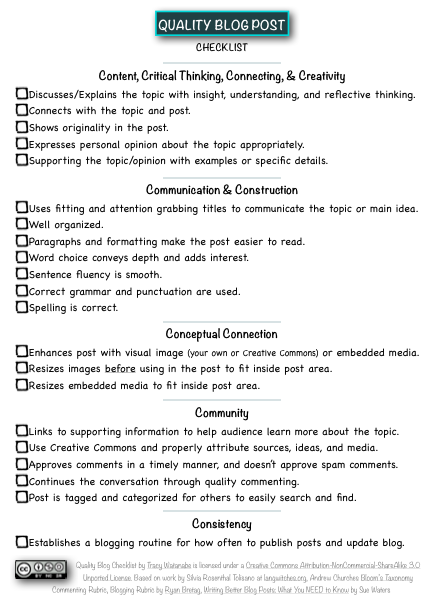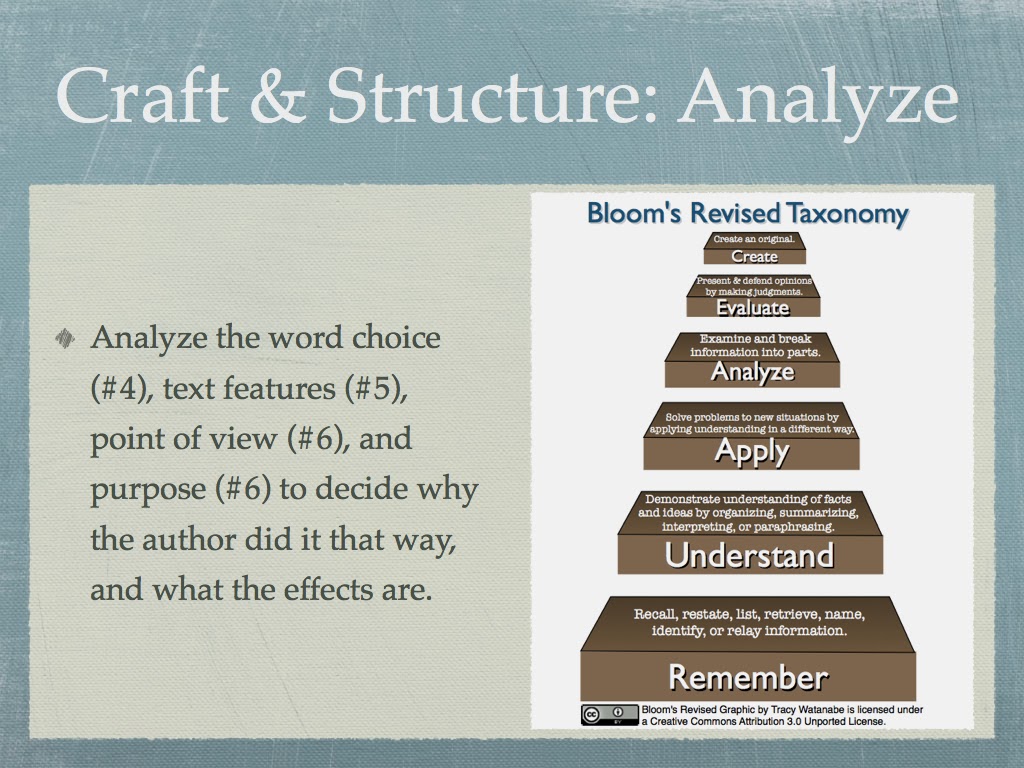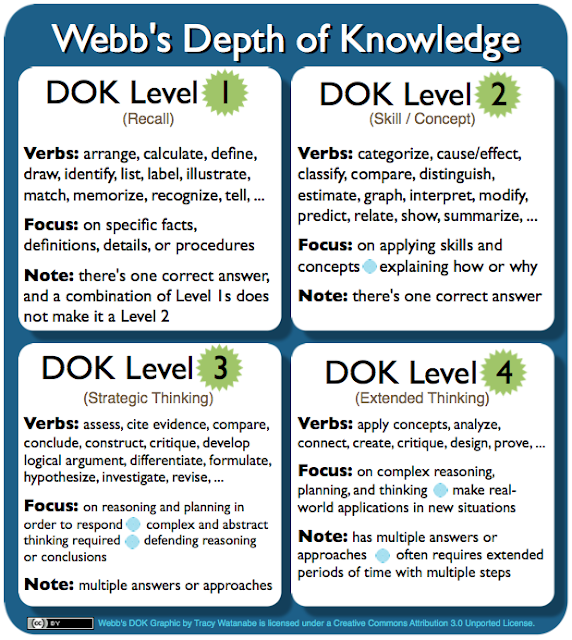Site Visit & Shift Happens
As I walked the classrooms, I consistently saw the students in flexible learning groups. Often times, they would rotate to the next center when the timer would buzz. I saw kindergarteners taking turns at the Smartboard doing an activity of putting a human skeleton together. The second group of students worked on graphing on the laptops with the teacher. The third group was using a coloring program on laptops they borrowed from another teacher. (Every classroom had a hanging sign on the door that read "Laptops available" or "Laptops in use," so students/teachers could walk into each other's room and borrow laptops without interrupting the class).
Flexible learning groups were in the first grade classroom also. The teacher worked with the group of kids at the Smartboard on their insect unit. The kids on the laptops got to choose what their learning exercise. One girl chose the same exact assignment that the teacher was doing by utilizing the SMART Software. She sat close to the teacher, and was obviously still engaged in that learning activity enough to continue it on her own. It was very obvious that the average class size for the kindergarten and first grades were 18-22. It made management of learning centers easy with a strong focus on active engagement.
Class size for 2nd-3rd grades was 24-26; 4th-5th grades was 27-29; and the average class size was 29-31 for 6th-8th grades. What was interesting was the learning taking place in 6th-8th grade looked similar to the elementary with the students working in small learning groups. They either rotated to a center where the laptops were, or they shared the laptops and worked as partners on an assignment. In a 6th grade math class, they used the laptops for math games at www.mathplay.com. In the 6th grade science class, they worked with partners on the laptops, found data from a website, worked the problems and filled in the answers on paper worksheets. In the 8th grade language arts class, they worked in three groups: 1) tracking revision changes on the laptops; 2) cue cards and working out of the book on grammar; and 3) using a writing basal and revising their own work with the teacher. They rotated through the three stations during the class hour. Like I said, very ordinary teaching with appropriate technology integration.
Two classrooms were using project based learning. The first class was a social studies class where they were creating posters on "Share" (I do like that you could embed voice/podcast in the poster) and they were going to NBC News Archives for their research or for examples to embed in their poster. The other was an 8th grade math class, where they were presenting their research to their small group for peer assessment. This was the only project I saw that day with an actual scenario they had to solve. The PBL was to research cell phones because they hypothetically would purchase a phone and plan. They had to present their findings to their group of peers and the peers graded them on presentation elements based on the rubric. This was a great way for each person to present to a small group, but it only took up part of one class hour. The students had their paper packets out with their rubrics to assess their peers. What I wondered was, where was the teacher feedback for the math inequalities because that was the objective they were studying? The Ed Tech Specialist told me that they do writing across the curriculum, so the teacher may possibly just grade the writing. I hope the teacher didn't miss the opportunity to grade the math elements, possibly earlier in the week, because that's where the biggest bang for the buck is.
Even though none of the tech stood out in the "Wow Factor" (although I did love the NBC News Archive and want our teachers tapping into that), and most of what they did was Web 1.0ish, they were however, consistent with a learning centered pedagogy. Every teacher mastered differentiating instruction with technology. If they weren't working in small groups, then they were doing project based learning with the whole group. Students were used to this type of learning and they thrived on it. The kids didn't know what Benjamin Bloom said and it didn't matter to them because they enjoyed having multiple activities and changing things up often. If they didn't like their center, then they'd be at a new center soon enough. In my opinion, the next step for their district would be to go higher on Bloom's cognitive learning ladder, but it would only be a step away because their pedagogy was already student-centered and their training in differentiation was strong, very strong. So, how did they get there?
Apparently three years ago, the classrooms were teacher-centered and the pedagogy was much different. First, they had the principals commit to providing time for their staff to get trained, the principal had to go through the training with the staff, and the principal had to set time aside for teams to work on their planning together so they could learn from one another how to utilize tech in the classrooms. Next, teams of teachers had to commit to the training and to using the tech in their classroom. 100% of the team had to make this commitment, or the entire team would not get the tech. You see, it was a choice. They started with the willing. Over time, those who weren't as willing finally jumped on the bandwagon (or their teammates finally talked them into it).
The actual hardware in the classrooms shaped how they behaved. They made the commitment to the district, the parents in their classrooms, and their students that they would utilize the tech daily. Behaviors affect beliefs, and when those match up we have cultural and pedagogical shift.
What technology did they have to work with? Every classroom had the following because of the $49 million bond over 7 years:
Hardware:
- 1 or 2 desktop computers
- a minimum of 5 laptop computers (K-3rd had 5; 4th-5th had 6; and 6th-8th had 8)
- a projector mounted in the ceiling
- K-5th had a Smartboard; while 6-8th had an 8 foot screen instead
- doc cam
- wireless keyboard and mouse
- DVD/VCR
- Microsoft Office 2007
- Inspiration/Kidspiration
- Pixie/Share/Frames/Image Blender
- Audacity
- SMART Notebook
- InspireData
- Content-centered applications
- Web-based applications and websites



I like the idea of posting the sign outside your door..."laptops available"! Great idea!
ReplyDelete@eModzele - Same here. Although, I wonder if it would be good to have a clipboard on the cart to write down who borrowed them, just in case they weren't needed during the morning, but needed in the afternoon... What do you think?
ReplyDelete